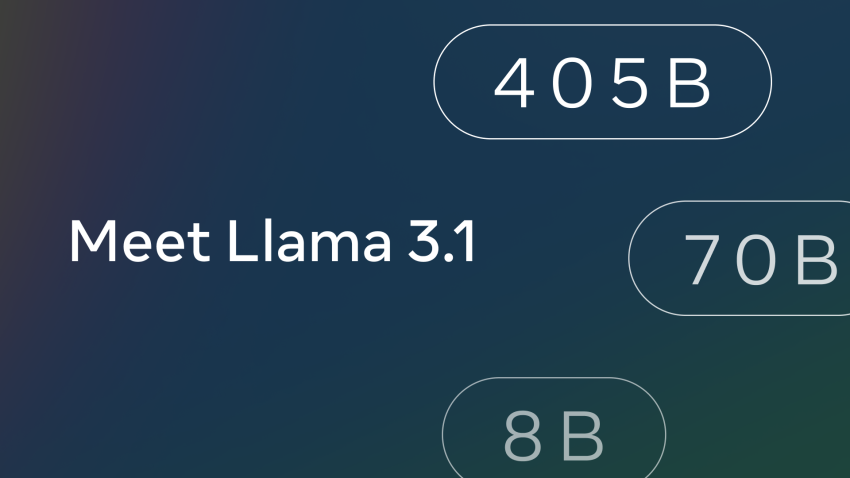Meta’s recent announcement of Llama 3.1 marks a significant milestone in the field of artificial intelligence, presenting what is now the world’s largest and most capable openly available foundation model. As someone deeply involved in AI development and application, I find this release both exciting and pivotal for our industry.
Llama 3.1’s introduction is a game-changer, rivaling top closed AI models in various capabilities. This new model boasts an impressive 405 billion parameters, making it a powerful tool for developers and researchers alike. Additionally, Meta has rolled out upgraded versions of its 8B and 70B models, each featuring enhanced multilingual support, a 128K context length, and improved reasoning capabilities. These advancements ensure that the models are not only robust but also versatile, capable of addressing a wide range of applications from general knowledge queries to complex mathematical problems and multilingual translations.
One of the most noteworthy aspects of Llama 3.1 is the significant improvements Meta has made to the model architecture, training process, and data quality. These enhancements are crucial for achieving state-of-the-art performance. For example, the upgraded architecture allows for better handling of context and more accurate responses, while the refined training process and higher-quality data inputs lead to more reliable and relevant outputs. This means that users can expect more precise and useful interactions with the AI.
Meta has also introduced a full reference system with sample applications, such as Llama Guard 3 for safety and Prompt Guard for prompt injection filtering. These tools are essential for ensuring that AI deployments are not only effective but also secure. They address common concerns around AI safety and usability, making it easier for developers to integrate these models into their applications without compromising on security or performance.
Another exciting development is the proposal of the “Llama Stack,” a set of standardized interfaces for building AI components and applications. This initiative is poised to foster ecosystem growth by providing a common framework that developers can use to create and integrate new AI tools. The Llama Stack could be instrumental in accelerating innovation by reducing the barriers to entry for developers and encouraging collaboration across the AI community.
Meta’s emphasis on open-source AI is particularly important in democratizing access to AI technology. By making these powerful models available for download and immediate development on various partner platforms, Meta is empowering a broader range of developers and organizations to harness the potential of advanced AI. This move is likely to drive significant innovation, as more minds and resources are applied to developing new applications and solutions using Llama 3.1.
Extensive evaluations accompany this release, including performance assessments on over 150 benchmark datasets and human evaluations in real-world scenarios. This rigorous testing ensures that the models are not only theoretically sound but also practically useful. It’s a testament to Meta’s commitment to delivering high-quality, reliable AI tools that meet the diverse needs of its users.
Meta has also worked closely with partners to optimize these models for production deployment, particularly addressing challenges related to the scale of the 405B model. This collaboration highlights the importance of industry partnerships in overcoming technical hurdles and ensuring that AI advancements are effectively translated into practical applications.
The release of Llama 3.1 signifies a major step forward in AI technology. It brings us closer to realizing the full potential of AI in various fields, from research and development to practical, real-world applications. As professionals in the AI space, it’s crucial for us to stay informed about these advancements and consider how we can leverage them to drive innovation in our own work.
I encourage my colleagues and fellow AI enthusiasts to explore the capabilities of Llama 3.1 and think about how these models can be integrated into your projects. Whether you’re working on improving existing applications or developing new ones, the tools and frameworks provided by Meta could be invaluable. Let’s engage in discussions about the potential uses and implications of this release, and how we can collectively contribute to the growth and advancement of open-source AI.
What are your thoughts on the impact of Llama 3.1? How do you see it influencing your work or the broader AI industry? Share your insights and let’s discuss how we can harness this technology to push the boundaries of what’s possible with AI.
Source Article: https://ai.meta.com/blog/meta-llama-3-1
